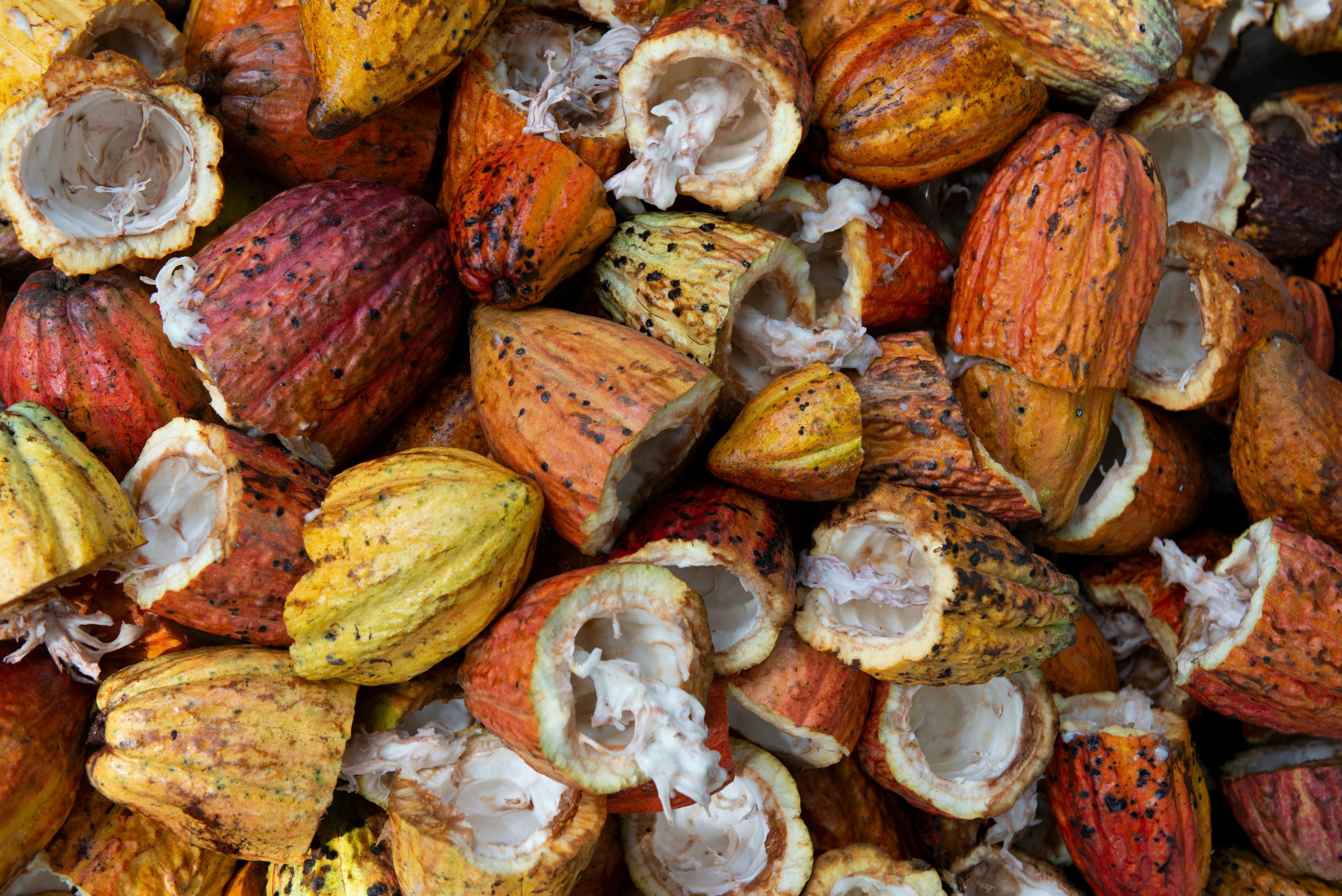Cocoa and citrus crops ravaged by woodpeckers and mice in eastern regions

El Seibo, DR.- Woodpeckers and mouse infestations are posing significant threats to cocoa, citrus, and various short and long-cycle crops across communities in the six eastern provinces of the country.
Producers emphasize that the damage caused by woodpeckers and mice surpasses that of recent cyclones. This onslaught comes at a critical time when cocoa enjoys favorable prices in the international market.
The relentless attacks by these birds and rodents are causing distress among producers in the six eastern provinces. They are urging authorities to intervene and address the issue, which they believe could devastate aromatic grain and citrus fruit production across more than 2,000 farms.
Bernardo Jiménez, coordinator of the Cocoa Block in the eastern region, comprising over 2,000 producers, points out that the Hispaniola woodpecker is inherently destructive. For cocoa production alone, it results in considerable damage to plantations, incurring expenses for control measures.
Jiménez emphasizes that while cyclones have caused substantial damage, the woodpecker is now exacerbating the plight for small, medium, and large producers. While they can manage mouse attacks, confronting the ferocious onslaught of woodpeckers remains a challenge.
He notes that pest infestations have multiplied, especially in cocoa farms still under the debris of trees felled by Hurricane Fiona. The carpenter, once a primary threat to cocoa, now poses risks to crops such as coconut, palm, avocado, cocoa, passion fruit, citrus, mango, mahogany, cabirma, and other timber produced in commercial farms.
Braulio Castillo, a cocoa producer and leader in El Seibo, asserts that practically every cocoa plantation bears signs of woodpecker bites, considering the bird as the most formidable adversary alongside rodents.
In addition to harming trees, woodpeckers are known to facilitate the spread of pests and diseases in timber and fruit plantations. Although some technicians argue that woodpeckers eliminate pests harmful to forests and agriculture, producers maintain that woodpeckers accelerate the life cycle of infested trees. The cavities they create with their beaks allow moisture to penetrate, leading to the settlement of pests that ultimately kill the affected plant.
Cocoa producers emphasize that the Eastern region is particularly impacted, considering the woodpecker as an agricultural destroyer. Studies reveal that woodpeckers predominantly feed on wild fruits and harmful insects affecting agriculture and forests, especially cocoa and coconut trees. The holes they create in trees serve as nests for various species, including bats, mice, snakes, parakeets, swallows, guinea pigs, and the trogon (Dominican quetzal), acting as secondary users of these cavities as they nest in them but lack the ability to construct them.
















Se jodieron los pobre carpinteros.